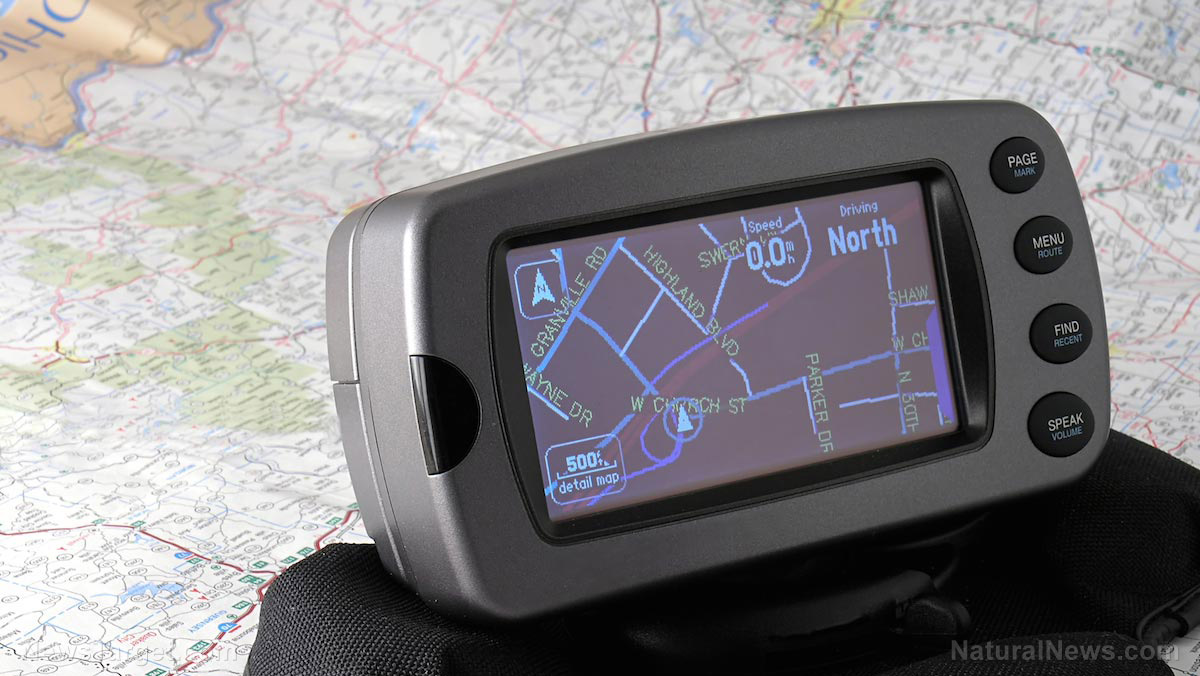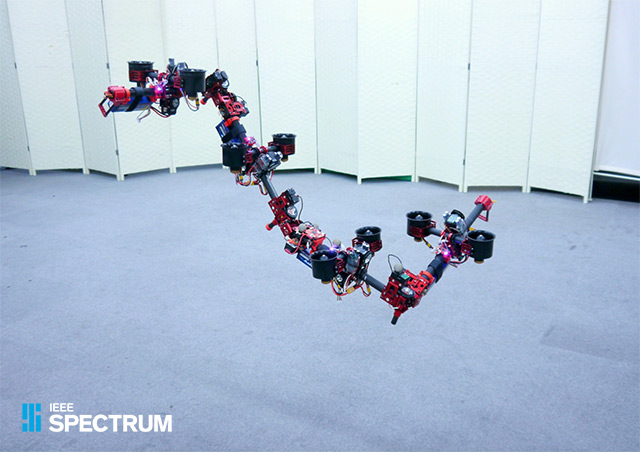Safety alert: Experts recommend disabling many of your new car’s features due to risks of driver distraction
09/14/2018 / By Frances Bloomfield

Many vehicles come with infotainment systems meant to make the task of driving that much easier. Researchers from the University of Utah have found these features to be anything but helpful, however. According to the researchers, these infotainment systems place high demands for the drivers’ attention that make them distractions and, as such, should be disabled while vehicles are in motion.
They came to this conclusion after reviewing the infotainment systems of over 30 different vehicles manufactured in 2017 . The participants they had recruited were then asked to make calls, send text messages, tune the radio, or program the navigation system while in the middle of driving. All of the aforementioned tasks made use of the vehicles’ interactive technologies. To determine how distracting each task was, the team developed a rating scale ranging from low (what amounted to listening to the radio) to very high demand (the equivalent of balancing a checkbook on your head in the middle of driving).
The researchers discovered that programming the navigation system was the most distracting task, as it took the drivers an average of 40 seconds to complete. Text messaging was found to be the second most distracting task. Making calls and tuning the radio were the easiest to perform and were deemed low-demand tasks. By contrast, the voice-based and touch-screen technologies took the drivers’ mind, hands, and eyes off the road for more than 24 seconds.
“This is troublesome because motorists may assume that features that are enabled when they are driving are safe and easy to use,” said psychology professor and lead study author David L. Strayer. (Related: Safety not a major concern as House gives self driving car bill the fast lane.)
He added: “Greater consideration should be given to what interactions should be available to the driver when the vehicle is in motion rather than to what features and functions could be available to motorists. With the best intentions, we will put some technology in the car that we think will make the car safer, but people being people will use that technology in ways that we don’t anticipate.”
At a rate of 40.23 kph or 25 mph, a car would have covered 200 yards or 600 feet in that 24-second time window. Just as concerning is the fact that previous research conducted by the National Highway Traffic Safety Administration suggested that taking one’s eyes off the road for two seconds doubles the risk of a car crash.
Speaking to ScienceDaily.com, Strayer remarked: “We’re putting more and more technology in the car that just does not mix with driving. We’re expecting to see more problems associated with distracted driving as more stuff is at the fingertips of the driver to distract them.”
Strayer then stated that he and his colleagues hope their findings will encourage consumers to choose their vehicles wisely. The American Automobile Association (AAA), meanwhile, has expressed the desire for automobile manufacturers and system designers to use the study as a springboard for improved infotainment system functionality.
Car safety features you need
While disabling the infotainment systems can greatly decrease your risk of vehicular accidents, there are still many other safety features you need to look out for when choosing a new car. According to RD.com, these include:
- Seat belts — This may seem like a no-brainer, but there are specific qualities that ensure the efficiency of a seat belt. A seat belt should have adjustable upper belts to increase shoulder belt comfort, a seat belt pretensioner to make seat belt adjustments easier, energy management features to allow seat belts to yield or “give” during a crash, and rear center seat lap or shoulder belts for the safety of children, particularly those in booster seats.
- Air bags — Another no-brainer. However, air bags are only as good as the seat belts. They will reduce the risk of injury, but air bags won’t be taking the place of seat belts any time soon in terms of protection. Children can be grievously harmed or even killed by an air bag, so always be sure to keep any children below the age of 12 safely buckled before coasting down the road.
- Electronic stability control — In the event that you’re forced to pull off an extreme steering maneuver, an electronic stability control system will automatically apply brakes to a single wheel. While it won’t keep a vehicle fully on the road, it will reduce the chances of your vehicle crashing off the road and striking objects that lead to rollovers.
To read up on more news relating to technology, visit Progress.news today.
Sources include:
Tagged Under: badtechnology, car safety, car safety features, driving distractions, driving safety, infotainment systems, safety measures

















